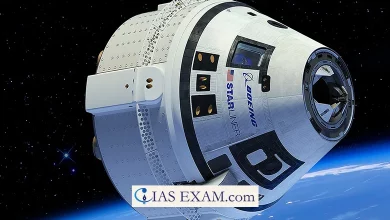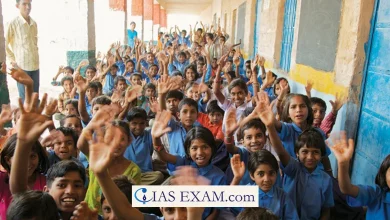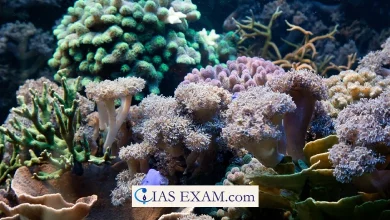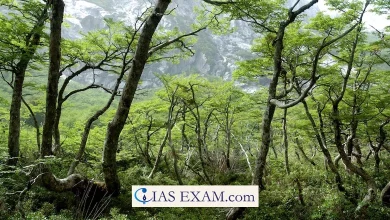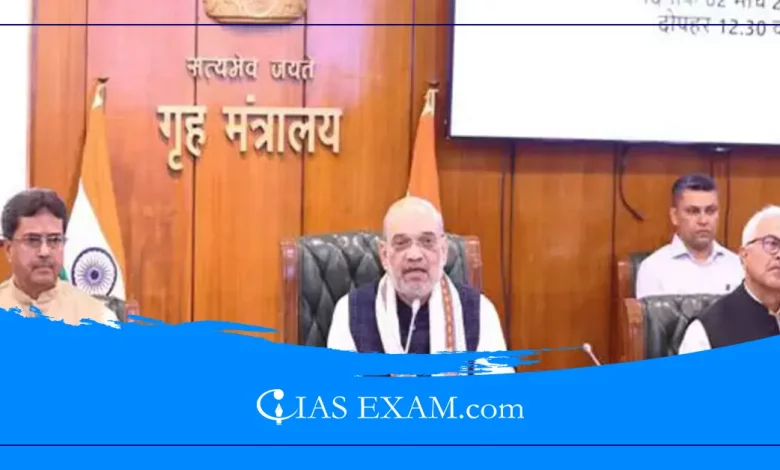
Context
A Tripartite agreement was signed between Tipra Motha, the governments of Tripura and India, aiming to address the long-standing issues faced by the indigenous people of the state. Tipra Motha, a regional political party in Tripura, led by Pradyot Bikram Manikya Deb Barma, is involved in this agreement.
Key Points
- The Tipra Motha’s main goal is to create a new state called Greater Tipraland for the 19 indigenous tribes of Tripura.
- They want to do this by using Articles 2 and 3 of the constitution, which allow for the admission or creation of new states and the alteration of existing states.
- The proposed state would not only include tribal people living in the Tripura Tribal Areas Autonomous District Council, but also those living in other parts of Tripura, as well as in states like Assam and Mizoram in India, and bordering areas of Bangladesh.
What is the origin of the demand?
- The demographic changes have led the indigenous communities in Tripura to feel uneasy and vulnerable about their minority status.
- The shift started after a massive wave of refugees from East Pakistan (that later became Bangladesh) made their way into the state, leading to tensions and conflicts.
- The indigenous tribal population in Tripura has dwindled over the years.
- Their minority status has come despite their displacement from their reserved land, leading to inter-ethnic conflicts and insurgencies in the state.
- The demand for their own autonomous regions or separate statehood has evolved over the years.
- A political truce between tribal factions led to a renewed demand for statehood.
- A new political party was floated to unite tribal and non-tribal peoples behind a common “Tripuri” ethnic identity.
- It was argued that a separate state was the only way to redress the pressing problems of the Tripuri tribes.
- The Tripura Tribal Areas Autonomous District Council (TTAADC), established for the socio-economic development and self-sufficiency of the tribal people, gets a pittance as funds from the Centre, at Rs 600 crore annually for a population of 34 lakh.
- The TTAADC has also pitched for a revised National Register of Citizens in Tripura.
Key aspects of the agreement
- An agreement has been made to peacefully address the concerns of the indigenous people of Tripura, including issues related to their history, land and political rights, economic development, identity, culture, and language.
- A joint working group will be formed to develop and implement agreed-upon solutions within a specific timeframe.
- To maintain peace in the region, all parties involved have agreed to abstain from protests or demonstrations after the agreement is signed.
Conclusion
- The tripartite agreement between TIPRA Motha, the government of Tripura and the government of India is a certain milestone. It is intended to address the perennial problem.
- The agreement will address historical grievances and protect those rights of indigenous communities in keeping with Indian constitutional provisions.
- With the signing of this historic agreement, people feel that it represents a great leap toward peace and prosperity throughout Tripura.
- To redress past wrongs honestly and to work toward the future in a positive spirit for all of its residents.
Source: TOI
UPSC Mains Practice Question
Q.Critically evaluate the Socio-Economic Impact of the recent Tripartite agreement deal of centre with Tripura Govt. and justify your view that how this move would pave the way for maintaining the peace and discipline in the state.





.png)
